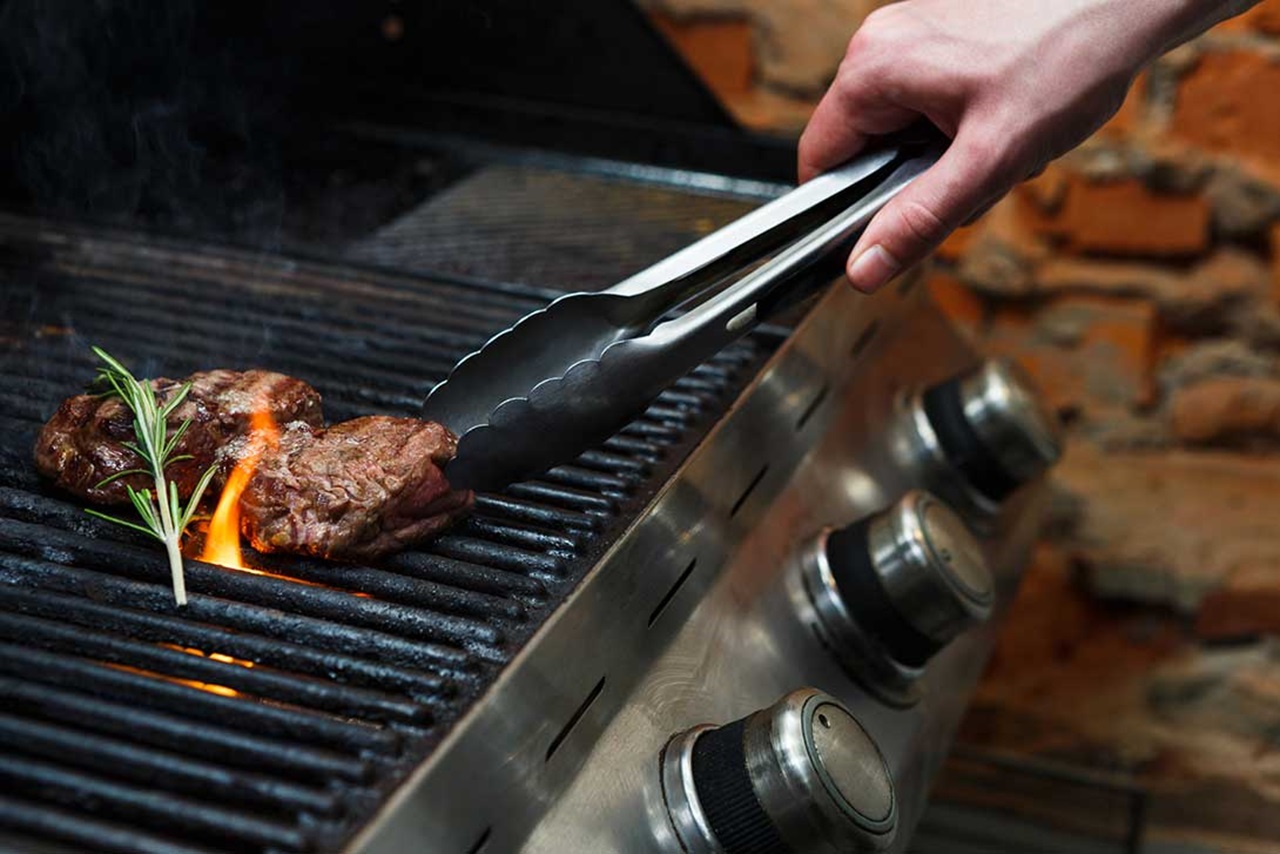

Articles
How To Start Propane Grill
Modified: August 26, 2024
Discover helpful articles on how to start a propane grill and master the art of outdoor cooking. Get expert tips, techniques, and safety guidelines.
(Many of the links in this article redirect to a specific reviewed product. Your purchase of these products through affiliate links helps to generate commission for Storables.com, at no extra cost. Learn more)
Introduction
Welcome to the world of outdoor cooking! There’s something special about firing up a propane grill and enjoying a delicious meal under the open sky. Whether you’re a seasoned grilling enthusiast or a beginner just starting out, this article will guide you through the process of starting a propane grill. By following these steps and tips, you’ll be able to achieve perfect grilling results every time.
Before we dive into the details, it’s important to note that safety should always be your top priority when using a propane grill. Familiarize yourself with the manufacturer’s instructions and adhere to all safety precautions. Now, let’s get started!
Key Takeaways:
- Master the art of propane grilling by prioritizing safety, assembling the grill, and controlling the flame for perfect cooking temperatures. Embrace experimentation and maintenance for a seamless grilling experience.
- Elevate your outdoor cooking game with essential safety precautions, proper assembly, and maintenance of your propane grill. Embrace creativity, experimentation, and troubleshooting for a seamless grilling experience.
Read more: How To Attach Propane Tank To Grill
Safety Precautions
Before you begin grilling, it’s crucial to ensure your safety and the safety of those around you. Here are some essential safety precautions to keep in mind:
- Read the manual: Familiarize yourself with the manufacturer’s instructions and safety guidelines provided in the user manual. Different propane grills may have specific safety recommendations that you need to be aware of.
- Positioning: Always place your propane grill on a stable and non-flammable surface, away from any flammable materials. Keep it a safe distance from walls, furniture, or low-hanging branches.
- Ventilation: Grilling should always be done in a well-ventilated area to prevent the build-up of harmful gases. Make sure there is sufficient air circulation and avoid grilling in enclosed spaces.
- Propane tank handling: When handling propane tanks, be cautious and never smoke or use an open flame nearby. Check for any leaks before connecting the tank to the grill.
- Fire extinguisher: Keep a fire extinguisher nearby in case of emergency. Make sure it is in good working condition and that you know how to use it.
- Children and pets: Keep children and pets at a safe distance from the grill while it is in use. Never leave the grill unattended.
- Protective gear: Use heat-resistant gloves and long-handled grilling tools to protect yourself from burns. Avoid wearing loose clothing, as it can easily catch fire.
- Cleanliness: Regularly clean your grill to prevent grease buildup, which can cause flare-ups. A clean grill is not only safer but also improves the quality of your food.
By adhering to these safety precautions, you can enjoy a worry-free grilling experience and ensure the safety of everyone around you. Now that we’ve covered the important safety measures, let’s move on to gathering the necessary supplies.
Gathering Necessary Supplies
Before you start grilling, it’s important to gather all the necessary supplies to ensure a smooth and enjoyable cooking experience. Here’s a list of essential items you’ll need:
- Propane grill: Of course, you’ll need a propane grill to get started. Choose a grill that suits your needs in terms of size and features.
- Propane tank: Ensure that you have a full and properly functioning propane tank. Check the valve to make sure it’s not damaged or leaking.
- Grill utensils: Invest in a good set of grilling utensils, including a spatula, tongs, grill brush, and meat thermometer.
- Grill cleaner: Having a grill cleaner handy will make the post-grilling cleanup much easier.
- Oil or cooking spray: To prevent food from sticking to the grill grates, have some oil or cooking spray on hand.
- Seasonings and marinades: Depending on your desired flavors, gather your favorite seasonings and marinades to enhance the taste of your grilled dishes.
- Fuel lighter or matches: You’ll need a fuel lighter or matches to ignite the grill.
- Aluminum foil: Aluminum foil comes in handy for various grilling tasks, such as creating a foil packet for delicate foods or for easy cleanup.
- Grill cover: A grill cover is essential for protecting your grill from the elements when not in use.
Make sure you have all these supplies assembled before you start grilling. This ensures that you’ll have everything you need at your fingertips, making the cooking process easier and more enjoyable.
Now that you’ve gathered all the necessary supplies, it’s time to assemble your propane grill. Read on to learn how to put it together.
Assembling the Propane Grill
Assembling your propane grill may seem intimidating at first, but it’s actually a straightforward process. Follow these steps to ensure proper assembly:
- Read the manual: Before you start assembling, thoroughly read the manufacturer’s instructions that came with the grill. This will give you a clear understanding of the steps involved and any specific guidelines for your grill model.
- Lay out the parts: Lay out all the parts of your grill in an organized manner. This will make it easier for you to identify and locate the pieces you need during assembly.
- Follow the instructions: Step-by-step, follow the instructions provided in the manual to assemble your grill. Make sure to tighten all bolts and screws securely.
- Check for stability: Once the grill is assembled, ensure that it is stable and level. Adjust the legs or supports if necessary to achieve a sturdy and balanced cooking surface.
- Test the ignition system: Before using your grill, test the ignition system to ensure it is functioning properly. This will save you the frustration of being unable to light the grill when you’re ready to cook.
Remember to take your time during the assembly process and carefully follow the instructions. If you encounter any difficulties or uncertainties, refer back to the manual or contact the manufacturer for assistance.
Now that your grill is assembled and ready to go, the next step is to prepare the propane tank. Continue reading to learn how.
Preparing the Propane Tank
Preparing the propane tank is an essential step before you can start grilling. Follow these guidelines to ensure proper preparation:
- Place the tank: Position the propane tank on a stable surface, ensuring it is in an upright position.
- Check for leaks: Before connecting the tank to the grill, inspect the valve and hose for any signs of damage or leaks. If you detect a leak, do not use the tank.
- Connect the regulator: Attach the regulator to the propane tank valve. Tighten it securely by turning it clockwise.
- Test for leaks: Apply a solution of soapy water to the connections between the regulator and tank. If you see any bubbles forming, there may be a leak. In this case, disconnect the tank and have it inspected by a professional.
- Open the valve: Slowly open the propane tank valve by turning it counterclockwise. Ensure that the valve is fully open.
- Check for proper connection: Verify that the regulator is securely connected to the tank and that there are no leaks. The regulator should fit snugly and be tightly fastened.
Once you have finished preparing the propane tank, it’s time to ignite the grill. The next section will guide you through the process of safely lighting the grill.
Read also: 15 Best Propane Grill for 2025
Lighting the Grill
Now that you have assembled your propane grill and prepared the propane tank, it’s time to light the grill and get cooking! Follow these steps to safely ignite your grill:
- Open the grill lid: Lift the grill lid and ensure that it is fully open. This allows for ventilation and prevents any gas buildup.
- Turn on the burner knobs: Locate the burner knobs on your grill. Turn them counterclockwise to the “Start” or “Ignite” position. This will release the propane gas to the burners.
- Ignite the grill: Using a fuel lighter or matches, carefully ignite the burner. Place the flame near the burner and turn the corresponding control knob counterclockwise. The burner should ignite, producing a steady flame.
- Close the lid: Once the burner is lit, close the grill lid. This helps in maintaining the desired cooking temperature and speeds up the preheating process.
It’s important to note that if the burner does not ignite within a few seconds, turn off the burner knobs and allow the gas to dissipate for a few minutes before attempting to ignite it again. If the issue persists, consult the manufacturer’s instructions or seek professional assistance.
Now that your grill is lit and preheating, let’s move on to the next section to learn about adjusting and controlling the flame.
Before starting your propane grill, always make sure the lid is open to prevent gas buildup. Then, turn on the gas at the tank and ignite the grill using the igniter button or a long lighter. Allow the grill to preheat for 10-15 minutes before cooking.
Adjusting and Controlling the Flame
Once your propane grill is lit, it’s important to know how to adjust and control the flame to achieve the desired cooking temperature. Here are some tips on how to do it:
- Adjust the burner knobs: Each burner on your grill will have its own control knob. Turning the knob clockwise will decrease the flame intensity, while turning it counterclockwise will increase the flame.
- Preheat the grill: Allow your grill to preheat with the lid closed for about 10-15 minutes. This ensures that the grates are hot and ready for cooking.
- Zone cooking: If your grill has multiple burners, you can create different heat zones by adjusting the flame intensity on each burner. This allows you to have both direct and indirect heat cooking areas.
- Use the built-in thermometer: Many grills come with a built-in thermometer on the hood. This allows you to monitor the internal temperature and adjust the flame accordingly.
- Be mindful of wind: Wind can affect the flame intensity and cooking temperature. Adjust the flame as needed to compensate for wind and maintain consistent heat.
- Control flare-ups: Grease and juices dripping onto the flames can cause flare-ups. If flare-ups occur, move the food to a cooler part of the grill or reduce the flame intensity to control the flames.
Remember, it’s important to find the right balance and maintain a consistent flame for even and well-cooked food. Experiment with adjusting the flame to find the perfect cooking temperature for different foods and cooking techniques.
Now that you know how to adjust and control the flame, let’s move on to the next section to learn about cooking on the propane grill.
Cooking on the Propane Grill
Cooking on a propane grill is a versatile and exciting way to prepare a wide variety of delicious meals. Here are some tips and techniques to help you make the most out of your grilling experience:
- Preheat the grill: Before placing the food on the grates, make sure the grill is preheated to the desired temperature. This helps to sear the food quickly and lock in the flavors.
- Oil the grates: To prevent food from sticking to the grill, lightly brush the grates with vegetable oil or use a cooking spray before placing the food on them.
- Direct vs. indirect grilling: Depending on the type of food you’re cooking, you can use either direct or indirect grilling. Direct grilling is best for smaller, thinner cuts of meat or vegetables, where you place them directly over the flame. Indirect grilling involves cooking larger cuts of meat, as well as delicate foods, by positioning them away from the direct heat.
- Flip with care: Use tongs or a spatula to flip the food on the grill. Avoid using a fork, as piercing the food can cause the juices to escape and result in dry meat.
- Use a meat thermometer: To ensure meat is cooked to your desired level of doneness, use a meat thermometer to check the internal temperature. This helps prevent under or overcooking.
- Experiment with marinades and rubs: Enhance the flavor of your grilled dishes by marinating meat, poultry, or vegetables before grilling. You can also try using dry rubs or spice blends for added taste.
- Grill fruits and veggies: Don’t limit yourself to just meat. Grilling fruits like pineapple, peaches, or watermelon can bring out their natural sweetness. You can also grill vegetables to add a smoky flavor and create delicious side dishes.
- Baste and glaze: As your food cooks, baste it with marinade, sauce, or a glaze to add extra flavor and moisture. This can be done using a brush or spray bottle.
- Rest before serving: Allow grilled meat to rest for a few minutes after cooking. This allows the juices to redistribute, resulting in a more flavorful and tender final product.
Remember, practice makes perfect when it comes to grilling. Keep experimenting, trying new recipes, and honing your skills to become a true grill master.
Now that you know how to cook on a propane grill, it’s time to talk about cleaning and maintenance. Read on to learn how to keep your grill in top shape.
Cleaning and Maintenance
Proper cleaning and maintenance of your propane grill are essential for its longevity and optimal performance. Follow these tips to keep your grill in top shape:
- Brush the grates: After each use, remove any food debris by brushing the grates with a grill brush. This prevents buildup and ensures better heat distribution.
- Empty the grease tray: Regularly empty the grease tray or pan located beneath the grill. This prevents excessive grease from accumulating, which can lead to flare-ups and potential damage to your grill.
- Wash the exterior: Clean the exterior of your grill with warm soapy water and a soft cloth or sponge. This removes dirt, grease, and grime, keeping it looking clean and well-maintained.
- Deep clean the grates: For thorough cleaning of the grates, remove them from the grill and wash with warm soapy water. Use a wire brush to scrub away any stubborn residue. Rinse and dry them before placing them back in the grill.
- Inspect and replace parts: Regularly inspect the burners, igniter, hoses, and other parts of your grill for any signs of damage or wear. Replace any worn-out or damaged parts to ensure safe and efficient grilling.
- Apply oil on hinges and moving parts: Lubricate the hinges, handles, and other moving parts of the grill with cooking oil. This prevents rust and helps to maintain smooth operation.
- Cover the grill: When not in use, cover your grill with a grill cover to protect it from the elements. This helps prevent rust, prolongs its lifespan, and reduces the need for frequent cleaning.
Regular cleaning and maintenance not only keep your grill in good condition but also contribute to better-tasting food and a more enjoyable grilling experience. By taking care of your grill, you can continue to create delicious meals for years to come.
Now let’s move on to the next section to learn about troubleshooting common issues with propane grills.
Read more: How To Start A Gas Grill
Troubleshooting and Common Issues
While propane grills are generally reliable and easy to use, you may occasionally encounter some common issues. Here are a few troubleshooting tips to help you address these problems:
- Problems with ignition: If you’re having trouble igniting the grill, check the propane tank to ensure it is not empty. Verify that the burner and control knobs are set to the correct position. Clean the ignition system and ensure there are no obstructions.
- Uneven heat distribution: If you notice that your grill is heating unevenly, it may be due to clogged or damaged burners. Clean the burners thoroughly, removing any debris or blockages. If the problem persists, it may be time to replace the burners.
- Flame issues: If the flame on the grill is too weak or irregular, it may be due to a partially closed propane tank valve or a blockage in the gas line. Ensure the tank valve is fully open. Clean the gas lines and burner ports to remove any clogs.
- Excessive flare-ups: If you experience frequent and uncontrollable flare-ups, it may be due to excessive grease buildup on the grates. Clean the grates thoroughly and trim any excess fat from the meat before grilling.
- Uneven cooking: If your food is cooking unevenly, it could be due to uneven distribution of heat. Ensure the grates are clean and free from any obstructions. Utilize a two-zone cooking method, placing the food on different heat zones to achieve more uniform cooking.
- Propane odor: If you detect a strong propane odor while grilling, immediately turn off the tank valve and grill. Check for leaks by applying a solution of soapy water to the connections. If bubbles form, there may be a leak. Close the valve and have it inspected before using the grill again.
If you encounter any issues that you’re unable to resolve or if you’re unsure about performing any troubleshooting steps, it’s best to consult the instruction manual or seek assistance from a professional.
Now that we’ve covered troubleshooting, let’s wrap up with a few final thoughts.
Conclusion
Congratulations! You’ve learned the essential steps to start and cook on a propane grill. By following the safety precautions, gathering the necessary supplies, assembling the grill, and preparing the propane tank, you’re well on your way to enjoying delicious grilled meals.
We covered how to safely light the grill, adjust and control the flame, and cook a variety of foods to perfection. Remember to clean and maintain your grill regularly to keep it in optimal condition.
While there may be occasional troubleshooting along the way, armed with the tips provided, you’ll be able to overcome common issues and continue grilling with confidence.
So, fire up that propane grill, get creative with marinades and rubs, and savor the smoky flavors of perfectly grilled meats, vegetables, and even fruits. Enjoy the experience of outdoor cooking and the joy of sharing delicious meals with family and friends.
Happy grilling!
Frequently Asked Questions about How To Start Propane Grill
Was this page helpful?
At Storables.com, we guarantee accurate and reliable information. Our content, validated by Expert Board Contributors, is crafted following stringent Editorial Policies. We're committed to providing you with well-researched, expert-backed insights for all your informational needs.
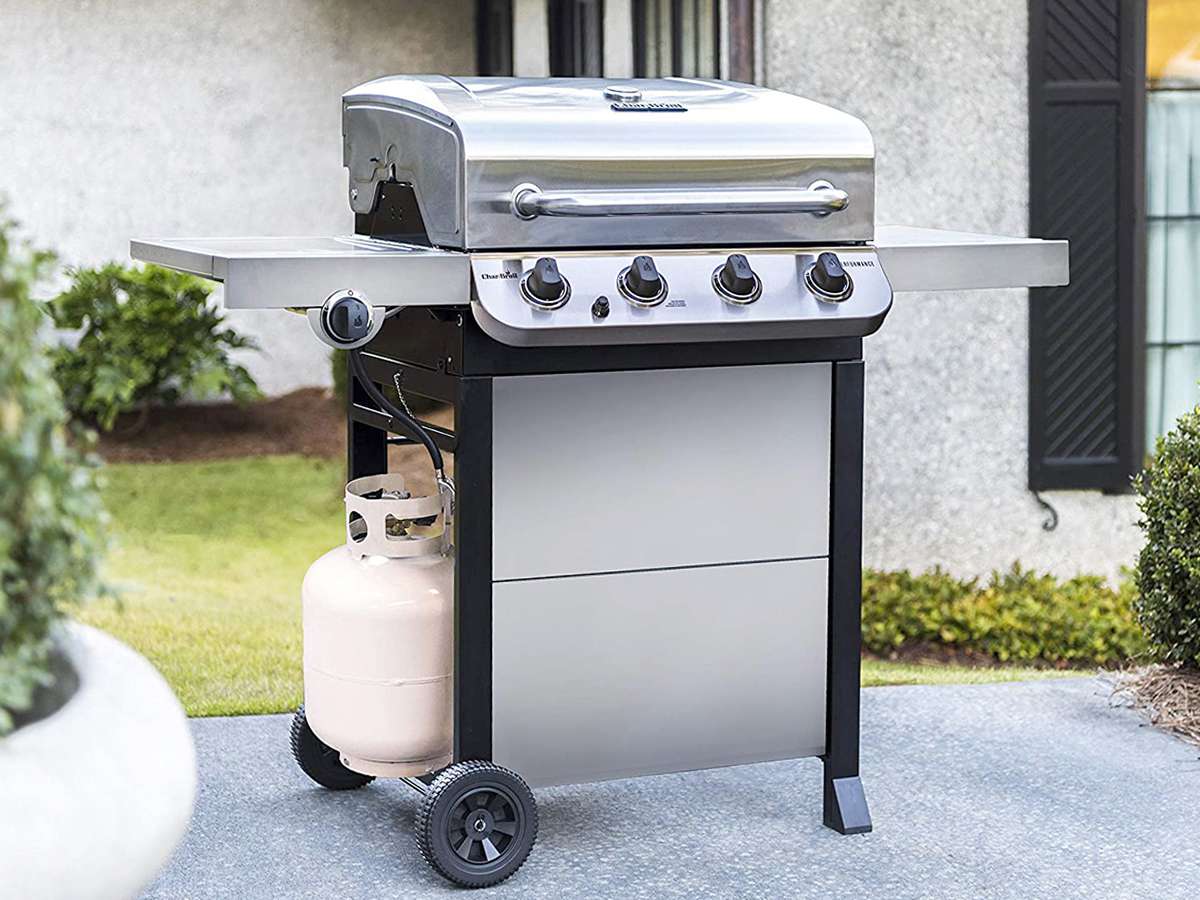
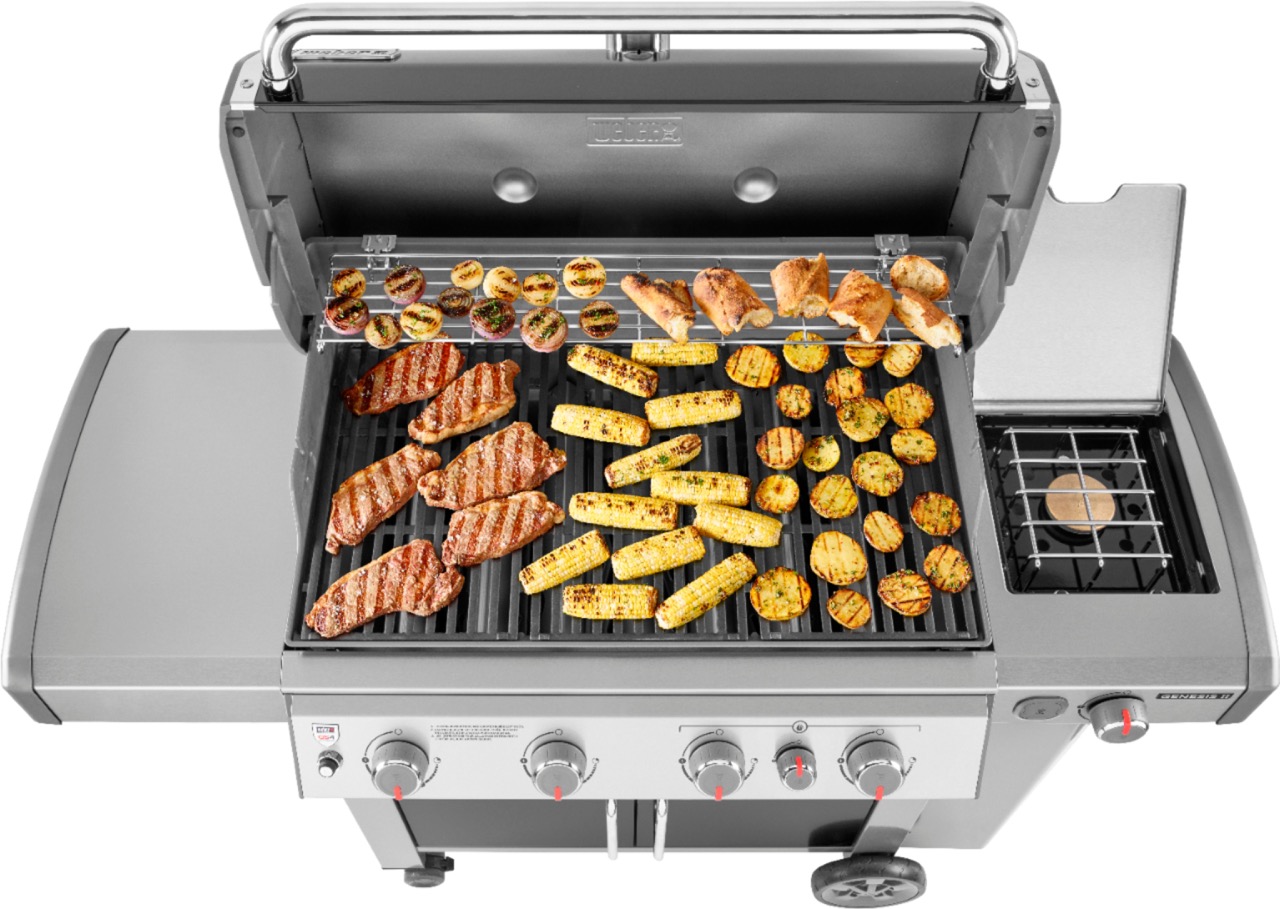
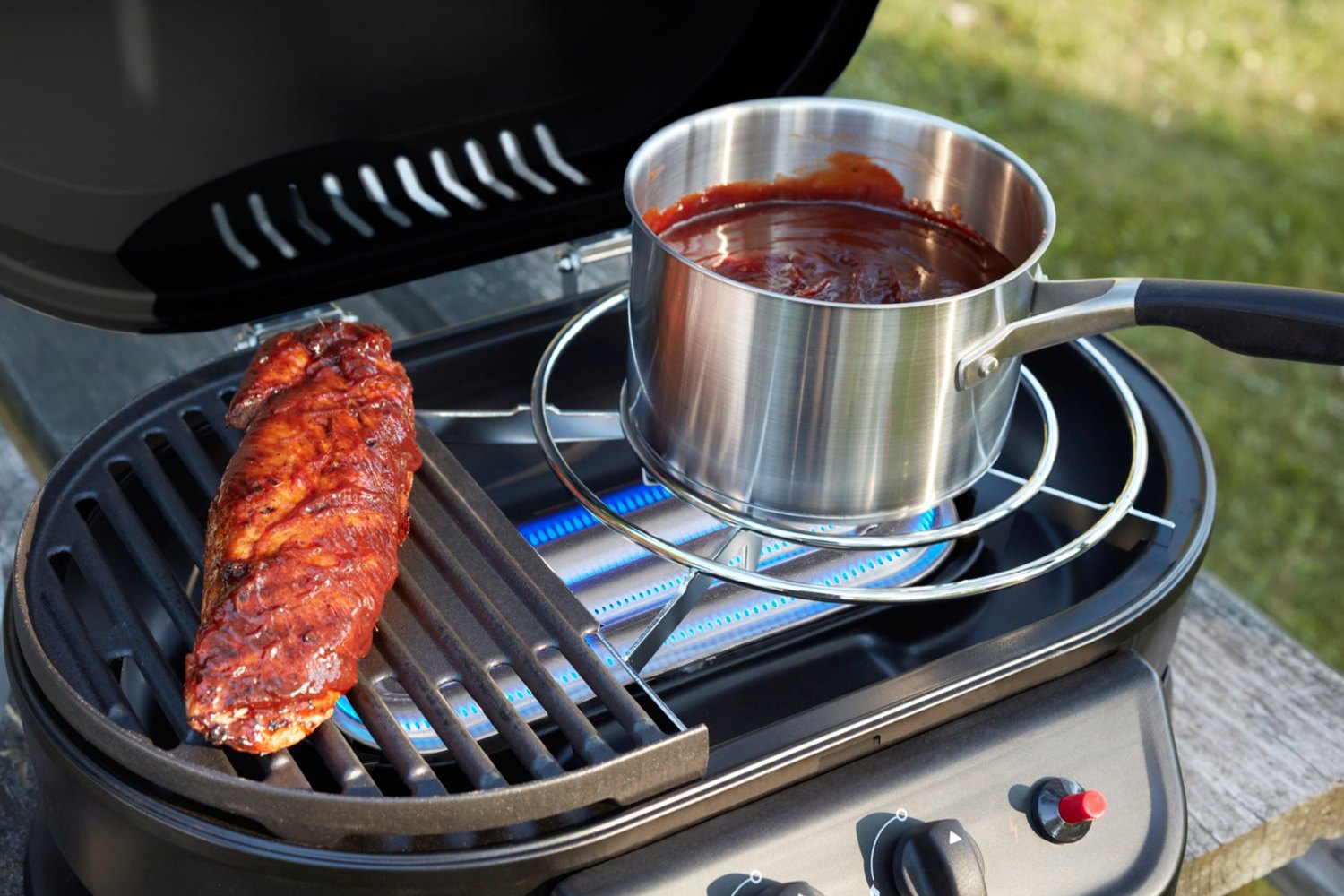

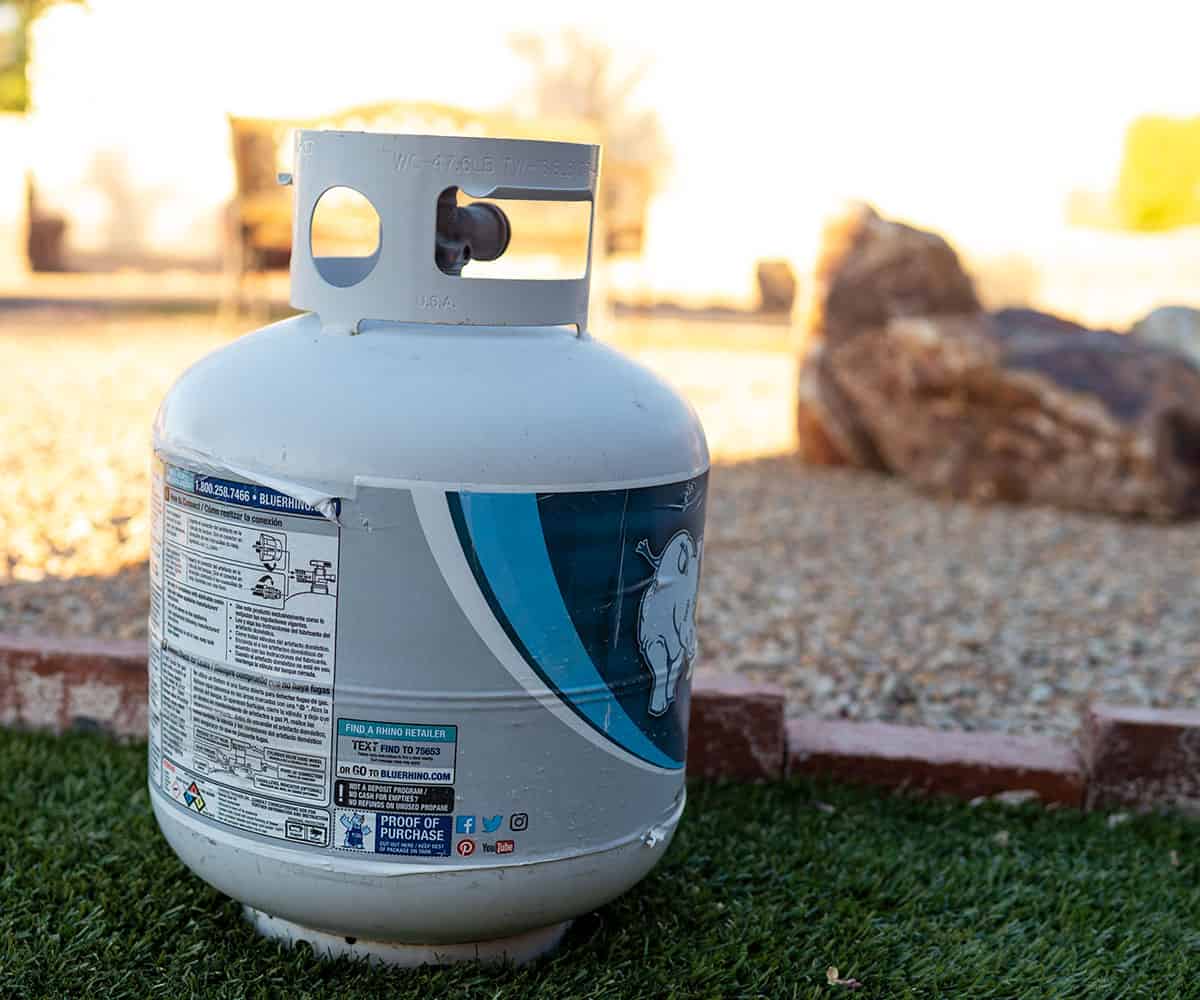
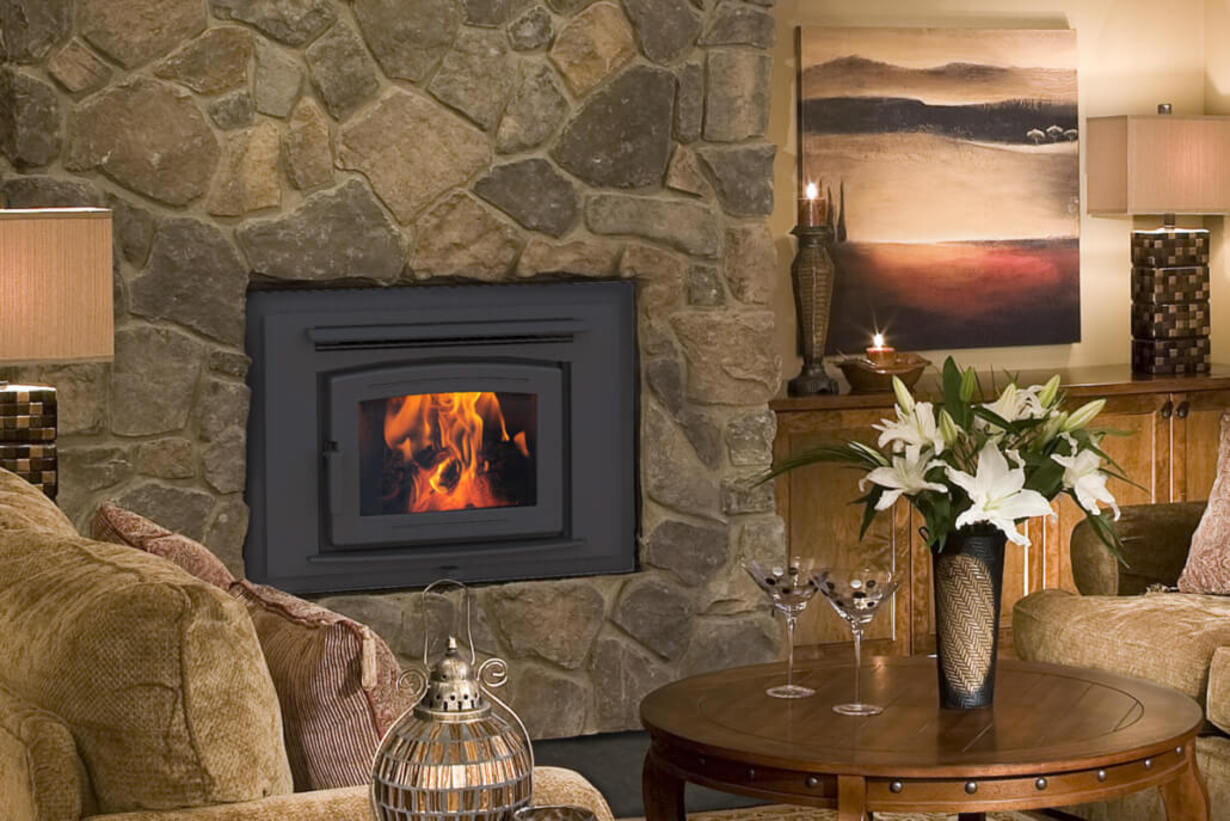
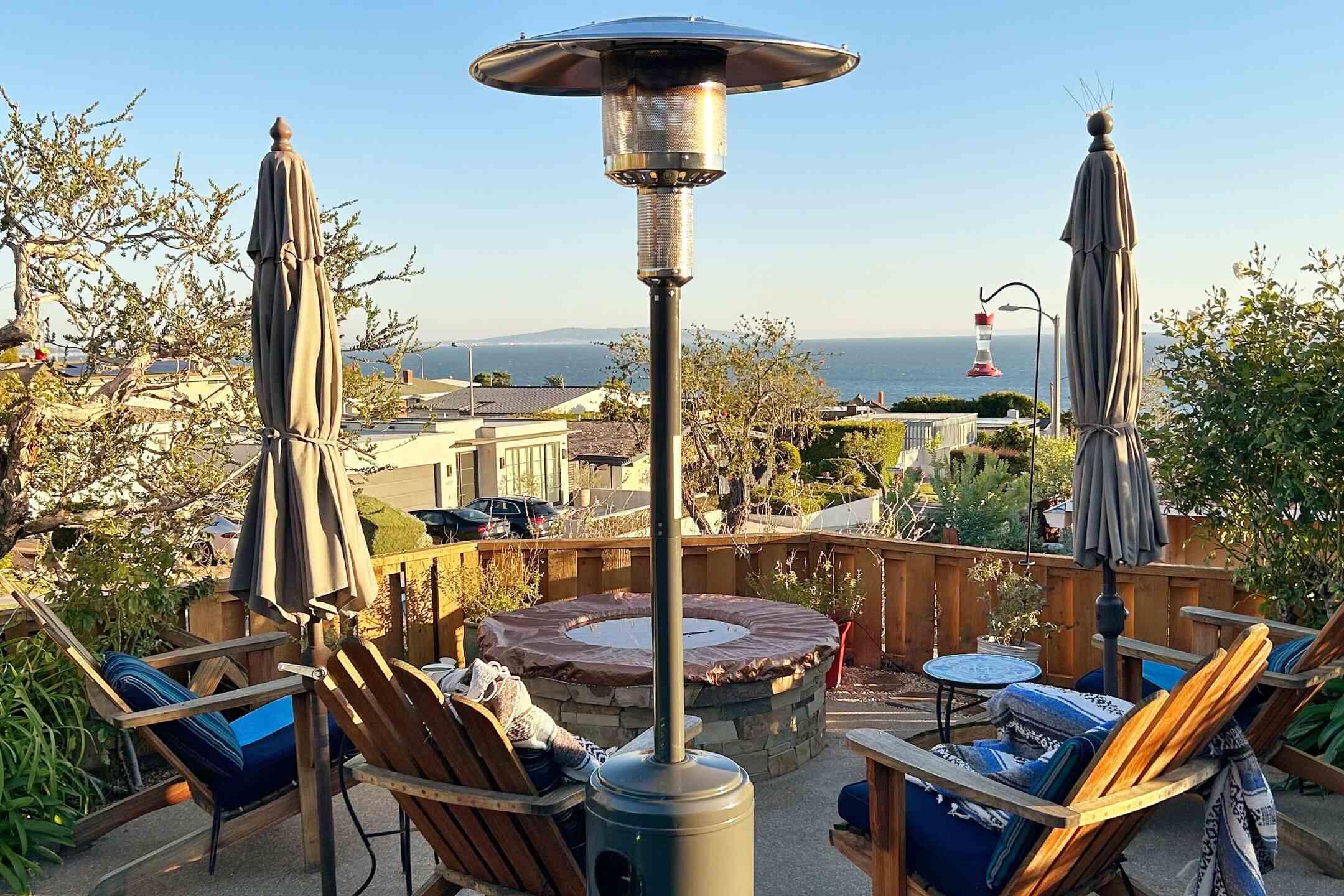
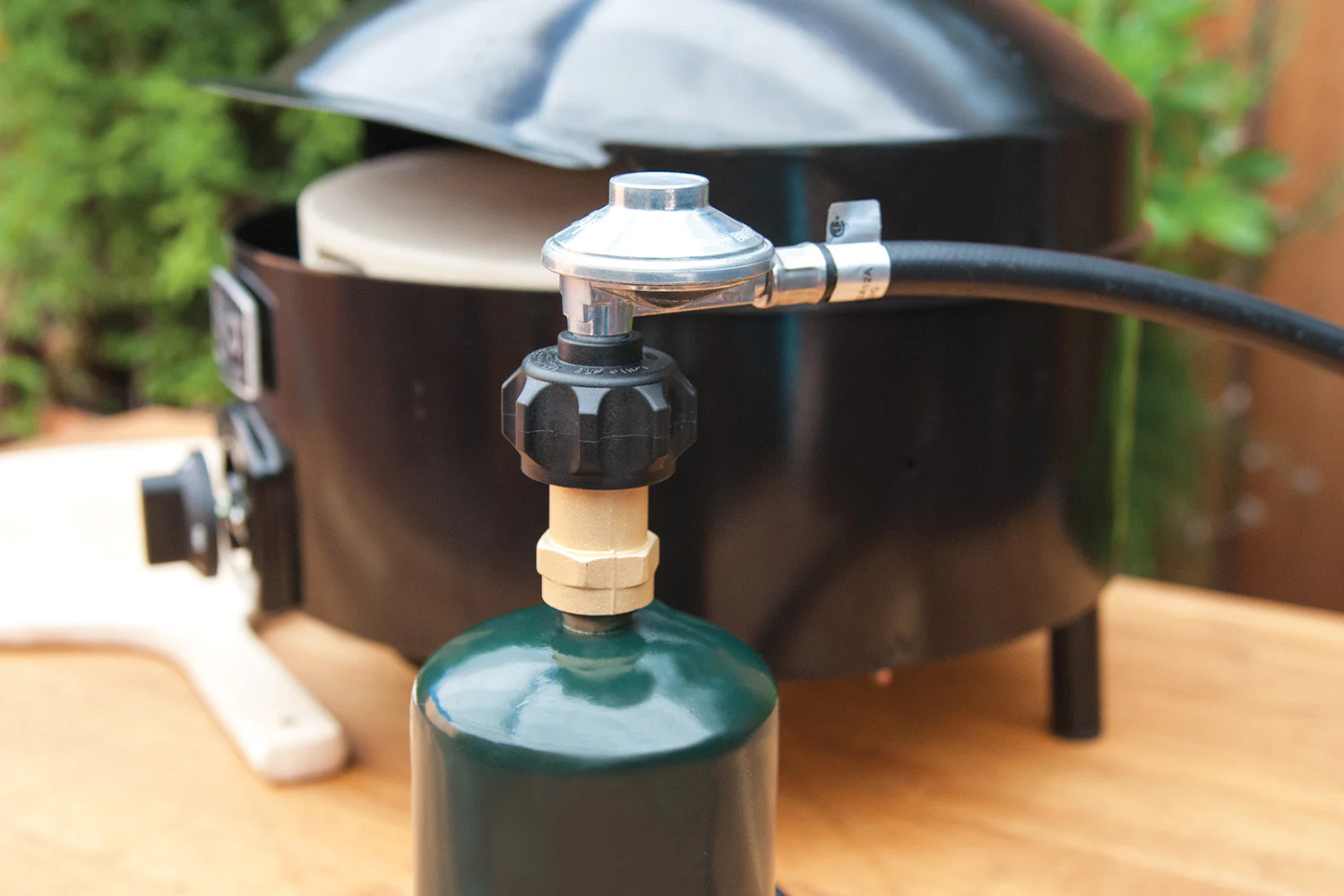
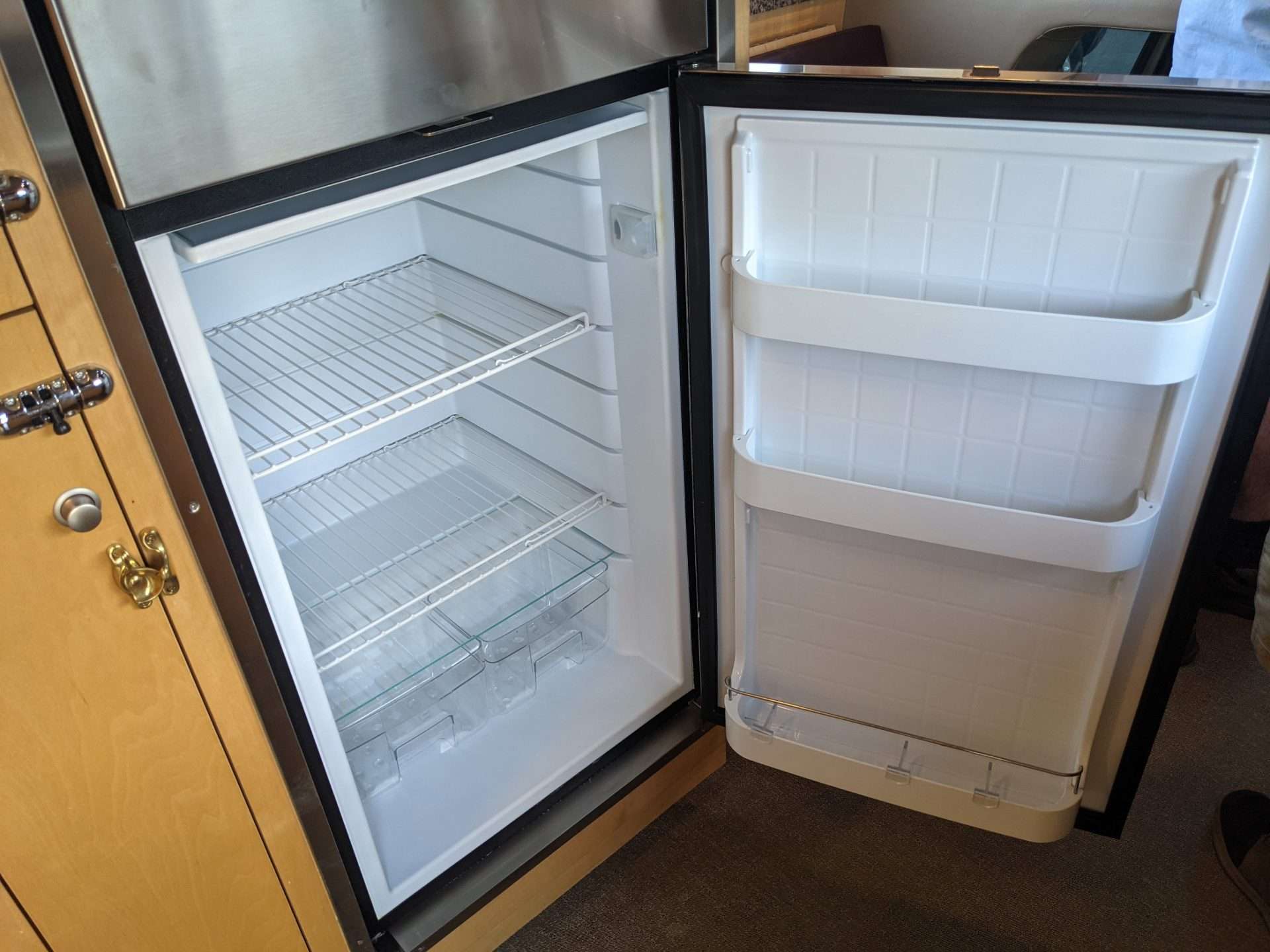
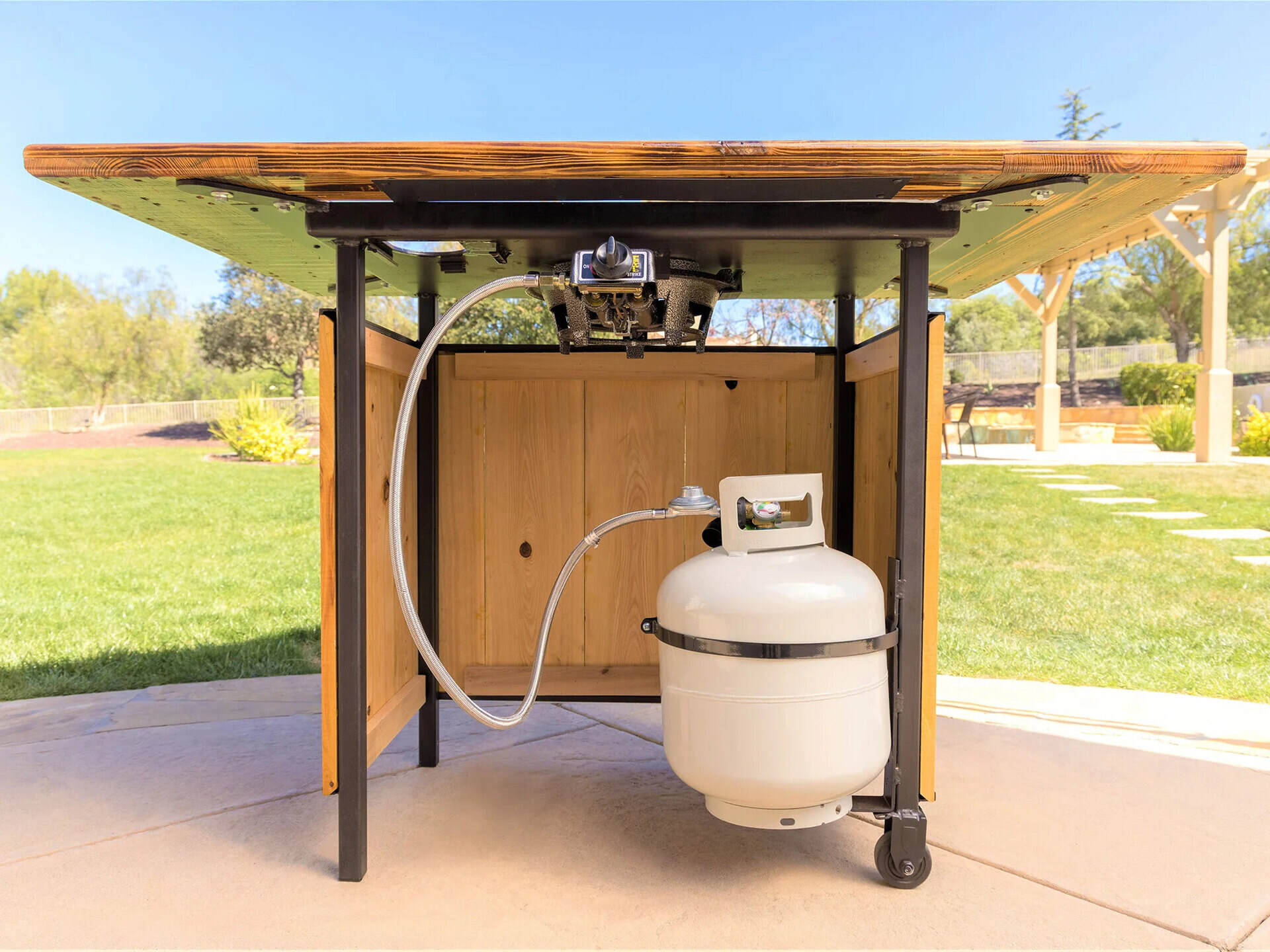
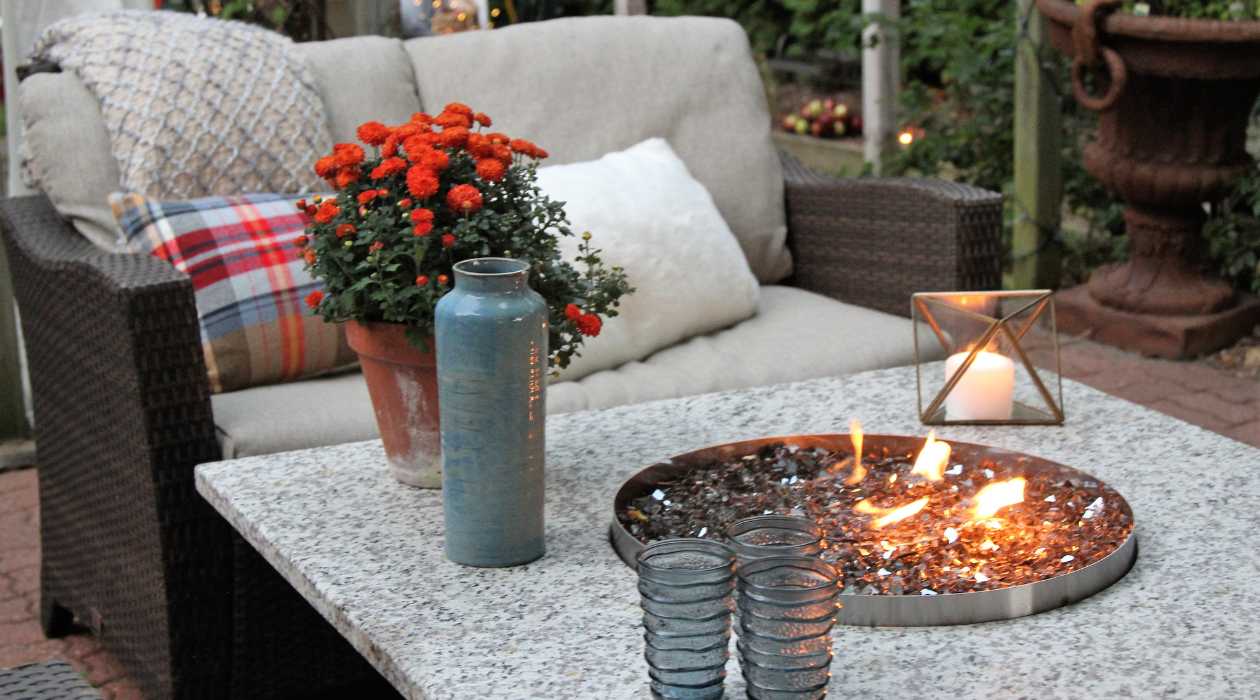

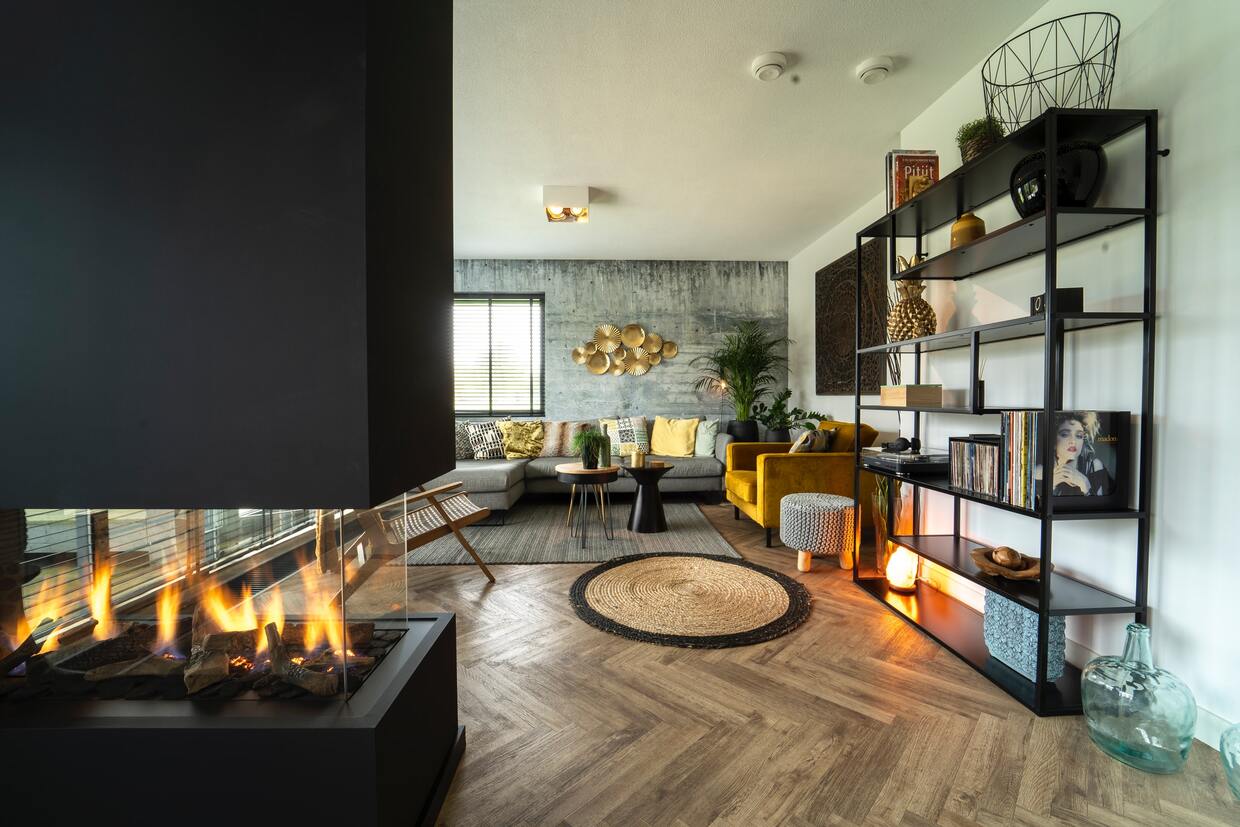

0 thoughts on “How To Start Propane Grill”